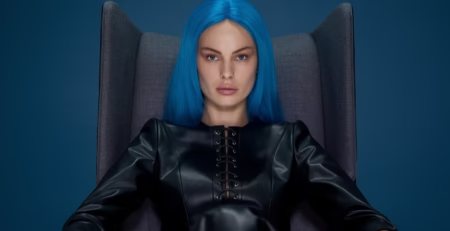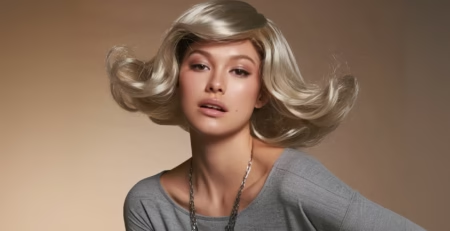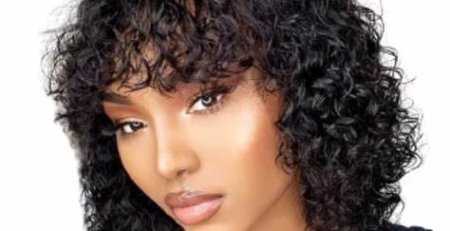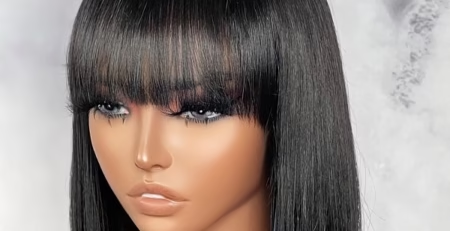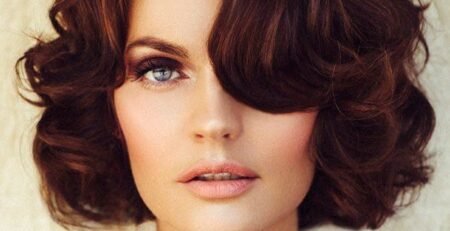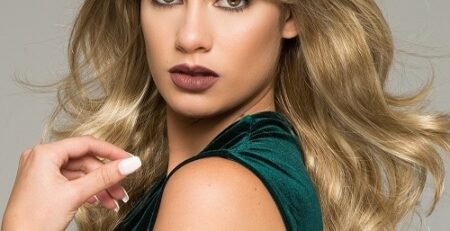28
Feb
The Timeless Allure of Classic Short Hair
When it comes to hairstyles that withstand the test of time, classic short hair ranks among the most iconic and enduring looks. From Audrey Hepburn’s chic pixie cut to the bold bobs of today, short haircuts have proven to be versatile, sophisticated, and endlessly stylish. Whether you’re considering a major cut or simply looking for inspiration, understanding the evolution, variations, and styling tips for classic short hair can help you achieve a look that’s both flattering and timeless. In this article, we will explore what makes classic short hair so compelling, including its historical roots, diverse types, and modern-day appeal.
The Evolution of Classic Short Hair
Short haircuts have been around for centuries, but their popularity truly soared in the early 20th century. In fact, the bob haircut, which remains a staple of classic short hair, was introduced by French fashion icon Coco Chanel in the 1910s, marking the beginning of a revolution in women’s fashion. By the 1920s, the bob became synonymous with the flapper era—bold, rebellious, and undeniably chic.
Fast forward to the mid-20th century, and classic short hair saw a resurgence thanks to legendary actresses like Audrey Hepburn, whose pixie cut in Roman Holiday captivated audiences worldwide. Hepburn’s look was refined, elegant, and effortlessly chic, proving that short hair didn’t have to sacrifice femininity for style.
Today, classic short hair has evolved further, with more daring and customizable options. While the pixie cut and bob are still iconic, newer variations like the textured shag or the asymmetrical bob are making waves. Despite these modern twists, the essence of classic short hair remains the same: it’s a haircut that embodies confidence, independence, and sophistication.

Types of Classic Short Hair Styles
One of the best things about classic short hair is its versatility. Whether you’re looking for a sleek, polished look or something with more edge, there’s a short hairstyle that suits everyone. Here are a few popular variations:
1. The Bob
The bob remains the quintessential classic short hair cut, beloved for its balance of elegance and practicality. It typically involves cutting the hair to a length that falls just below the chin, though the length can vary from ear-length to shoulder-length. There are countless variations of the bob, each with its own unique twist.
- Blunt Bob: The blunt bob is sharp and structured, with straight-across lines that make it look polished and sophisticated.
- A-Line Bob: This version of the bob is longer in the front and shorter in the back, creating a sleek, angular shape.
- Textured Bob: For a more relaxed, lived-in look, the textured bob adds layers and volume, making it perfect for adding body to fine hair.
2. The Pixie Cut
The pixie cut is one of the most iconic and daring forms of classic short hair. Its origins can be traced back to the 1950s, and it has since become synonymous with both rebellion and high fashion. The pixie cut is usually characterized by very short sides and back, leaving more length on top to create texture or volume.
- Soft Pixie: For a more feminine touch, the soft pixie cut keeps the hair slightly longer on the top with gentle layers for a softer, more voluminous look.
- Textured Pixie: If you want to add a little more edge, opt for a textured pixie with tousled layers that give the cut a fun, carefree vibe.
3. The Shag
The shag haircut has come back in full force in recent years, offering a fun and laid-back version of classic short hair. Characterized by lots of layers, the shag haircut adds volume and texture to the hair, making it ideal for those with thicker hair or for anyone looking for a rock-and-roll edge.
- Choppy Shag: The choppy shag adds volume and body, especially with bangs that create a dynamic, tousled look.
- Curly Shag: For those with natural curls or waves, the curly shag creates a bohemian, carefree vibe that is both flattering and playful.
4. The Tapered Cut
The tapered cut is a modern twist on classic short hair, with the hair gradually getting shorter as it moves down the sides and back. The result is a clean, neat, and sleek look that is both stylish and easy to maintain.
- Side-Parted Tapered Cut: With a dramatic side part, this version of the tapered cut adds volume on top while keeping the sides closely cropped for a more balanced look.
- Undercut Tapered Cut: This edgier variation features an undercut along the sides, allowing for more contrast between the top and bottom sections of the hair.
Why Classic Short Hair Works for Everyone
Regardless of face shape, hair texture, or personal style, classic short hair can work for anyone. Here’s why:
- Face Shape Adaptability: Short haircuts can be tailored to suit every face shape. For instance, a bob can be customized to complement round faces, while a pixie cut can elongate square jawlines. The key is choosing a style that enhances your natural features.
- Low Maintenance: Short haircuts are incredibly low-maintenance compared to long locks. Most styles require minimal styling and can be easily air-dried or styled with just a few products.
- Timelessness: One of the defining characteristics of classic short hair is its timeless appeal. Whether you’re at a formal event or having a casual day out, short hair never goes out of style.
- Empowering: A short haircut is often seen as bold and confident. It’s a statement about independence and strength, and it gives the wearer an air of empowerment and self-assurance.
Styling Tips for Classic Short Hair
Achieving the perfect look with classic short hair doesn’t require a ton of effort, but a few styling tips can help you elevate your look even further:
- Use a Texturizing Spray: Whether you’re rocking a pixie cut or a bob, texturizing spray can help add volume and definition to your hair. This is especially helpful for shorter haircuts that need a little extra oomph.
- Invest in a Good Blow Dryer: For styles like the blunt bob or pixie cut, a blow dryer with a round brush can help create a sleek, polished finish or add volume as needed.
- Regular Trims: To maintain the shape of your classic short hair, regular trims are essential. Short haircuts can lose their shape quickly, so make sure to visit your stylist every 4-6 weeks.
- Experiment with Accessories: Short haircuts look great with fun hair accessories like clips, barrettes, or headbands. These can add a personalized touch to your look without sacrificing its classic appeal.
Classic Short Hair: A Look That Will Never Fade
There’s no denying that classic short hair has earned its place as a staple in the world of fashion. It’s a look that evolves with time but never loses its relevance. Whether you’re looking to channel the sophistication of Audrey Hepburn, the edginess of a modern pixie cut, or the playful vibes of a shag, classic short hair offers endless possibilities for those ready to embrace a change.
Ultimately, the allure of classic short hair lies in its ability to transform the wearer. It’s not just a haircut—it’s a statement, an expression of individuality, and a nod to the timeless elegance that short hair has long represented. So if you’ve been considering a new look, why not take the plunge and give yourself the gift of a classic short hair style? You might just find that it’s the change you’ve been waiting for.

